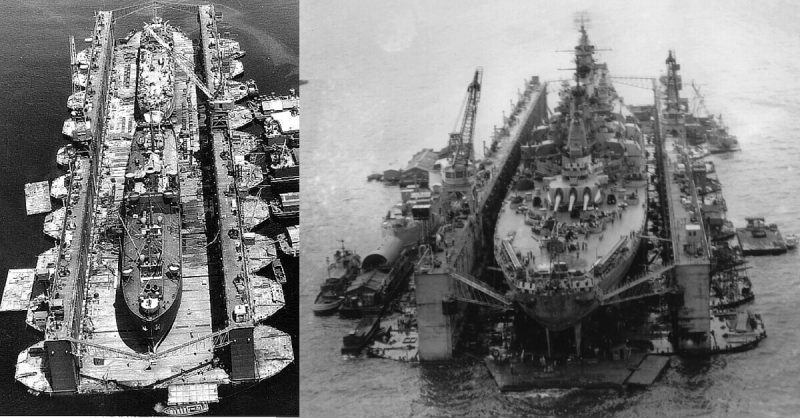The United States Navy, during World War 2, decided to create a temporary forward base utilizing service stations; these stations meant the United States Navy could operate throughout the huge Pacific Ocean for more sustained amounts of time.
Creating these pretty much meant they could have a major naval base within a short distance of any operation carried out in the area. The base was able to repair, resupply and refit, meaning fewer ships had to make the journey to a facility at a major port, which allowed them to remain in the Pacific for up to a year and beyond.
This was vitally important as if ships were damaged enough (either by storms in the area or damage from the enemy) they would usually have to travel thousands of miles to get to the United States naval base that could carry out essential repairs. The distance to the San Francisco based (the nearest United States naval base) was as far from their location as it would have been to sail from London, England to San Francisco.
These temporary bases provided ships with supplies, ranging from food, fuel, ordnance, and other much-needed supplies. This meant that these stations were of vital practical use to the United States Navy and their operations in the area.
These stations were officially named Advance Base Sectional Docks (ABSDs) and were put together section by section. Each part was welded to the next once in their correct position.
There were two different sizes of floating docks created, the largest ones were created using ten sections and could lift 10,000 tons each – being 80 feet wide and 256 feet long. Once these sections were welded together, it became a fully assembled dock that was a whopping 133 feet wide, 827 feet long and could lift up to 90,000 tons.
This was more than enough lifting power for any ship within the Fleet.
The smaller dock was put together using eight sections and could lift 8,000 tons each – being 101 feet wide and 204 feet long. Once the sections of the smaller dock were fitted together, it was capable of lifting a ship up to 120 feet wide, 725 feet long and 8,000 tons of weight.
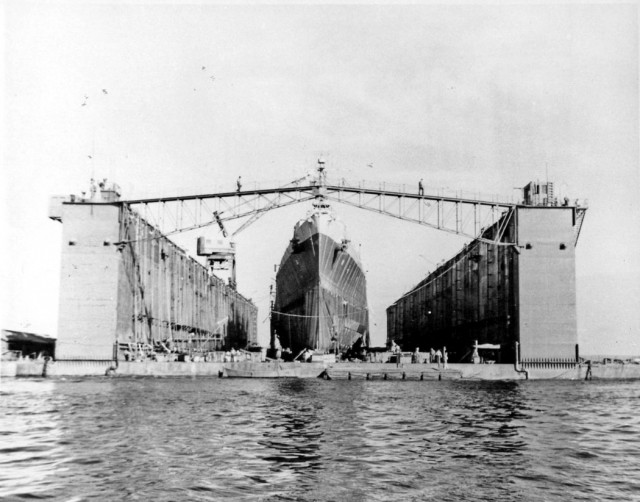
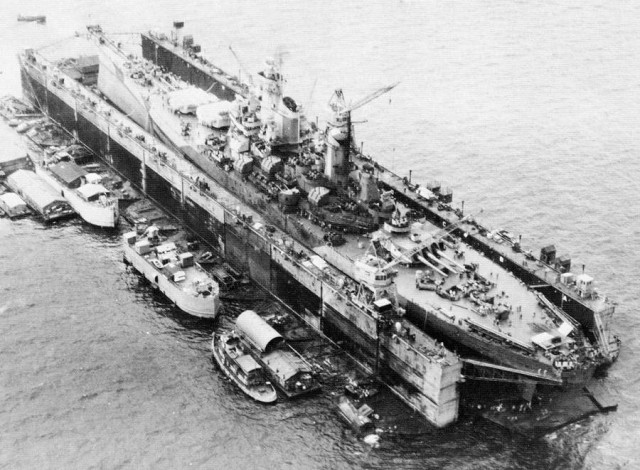
The sections used in the creation of these docks were given the form of a rough hull; this allowed the sections to be towed in place at a speed of 6-8 knots. The walls were capable of folding down so that they had resistance to the wind while being towed and helped to lower their center of gravity.
Each dock had their own generator aboard (fueled by diesel) and quarters for the crew. Once fully assembled every dock had two cranes aboard, that could lift 15 tons; these ran on specially placed rails that sat on top of the dock walls.
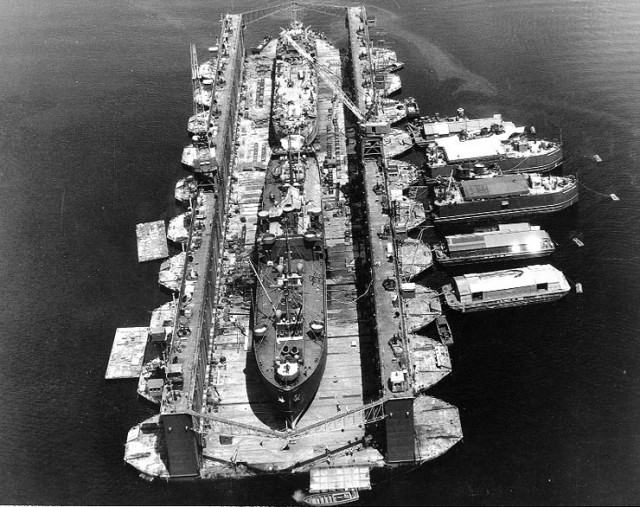
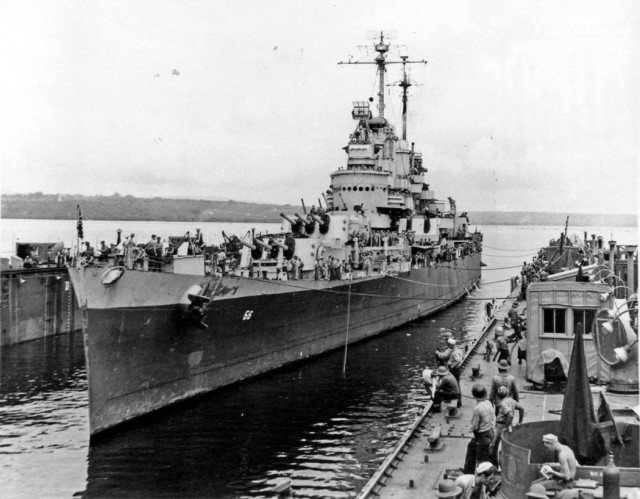
Enough sections were made during the War that three large and four small docks were able to be assembled. The very first one was complete in 1943 (at Noumea) and a second was being fitted by the end of the year at Espiritu Santo. The total capacity of the dry docks in the Navy by the end of 1943 was 723,000 tons.
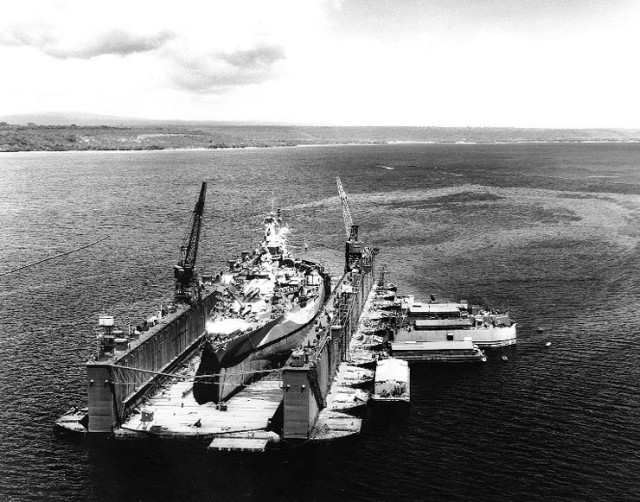
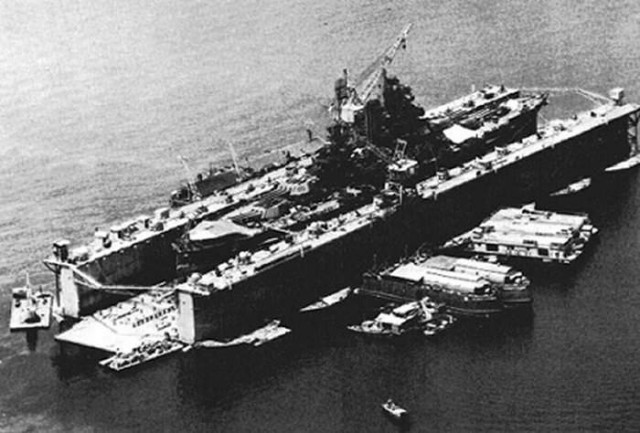
As the dry-docks were displacement limited, as to their capacity, fuel, and sometimes ammunition had to be offloaded to “lighten ship”. In this instance, 700,000 gallons of fuel had to be offloaded in order to meet the lifting capacity of the dry-dock.
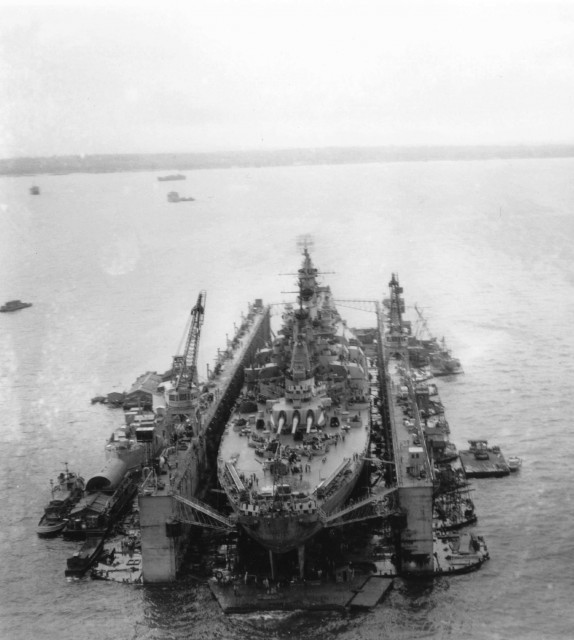
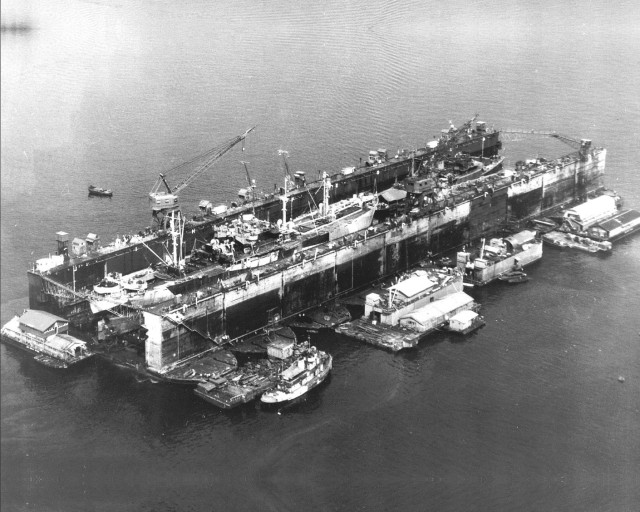
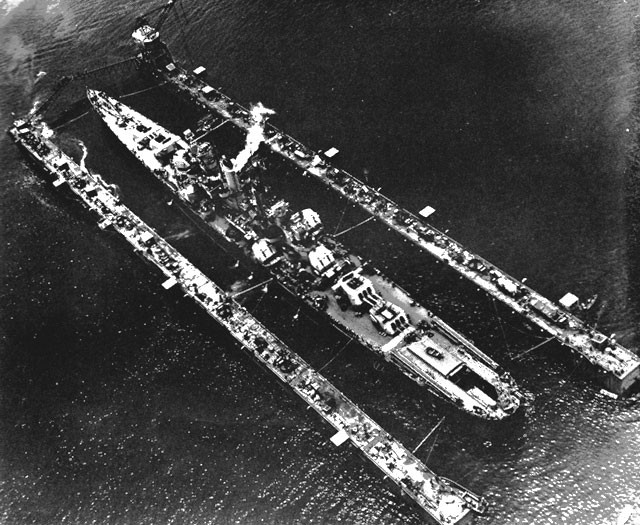
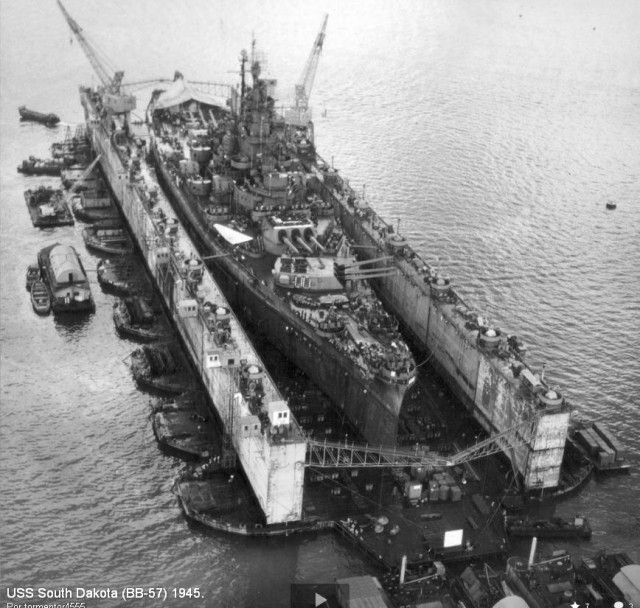
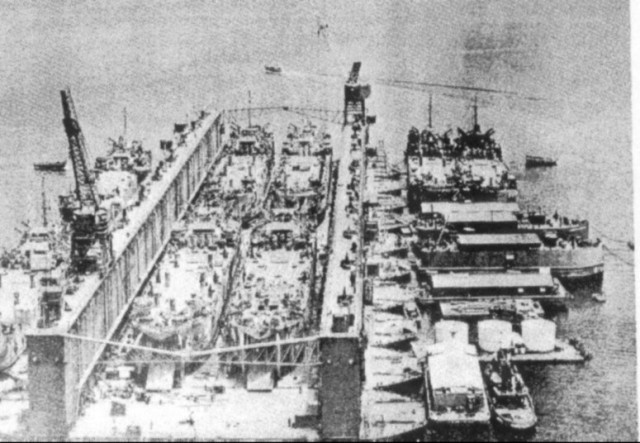
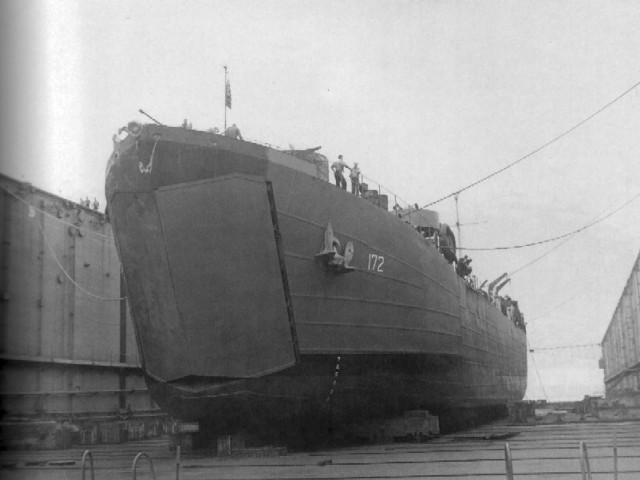
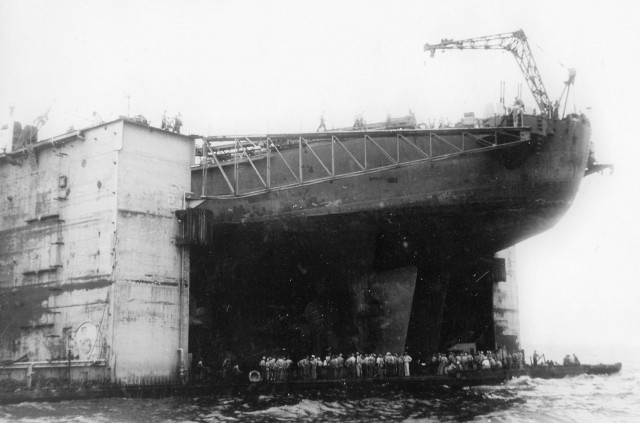
Survivor
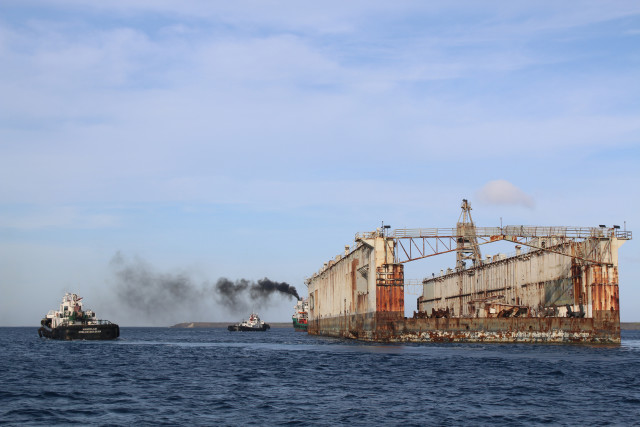
The Richland drydock, in use in the Pacific since World War II, was moved to the Philippines from Naval Base Guam in January 2016
What will happen to the drydock in the Philippines is not clear.
Richland is more than two football fields long, 124 feet wide and 57 feet tall. It was built by the Chicago Building & Iron Co., from Eureka, CA, in 1943. The following year, it was put into commission. It was first put to use in Pearl Harbor, Hawaii, and then in the Eniwetok and Uithi atolls. Eventually, it made its way to San Pedro Bay, the Philippines, to be used with U.S. and Allied ships near the end of World War II.
After being reclassified as a medium auxiliary floating drydock in 1946, it was renamed Richland in 1968 upon arriving in Apra Harbor when the Vietnam War was reaching its peak. Guam was a major jumping-off point for ships and aircraft at the time.
